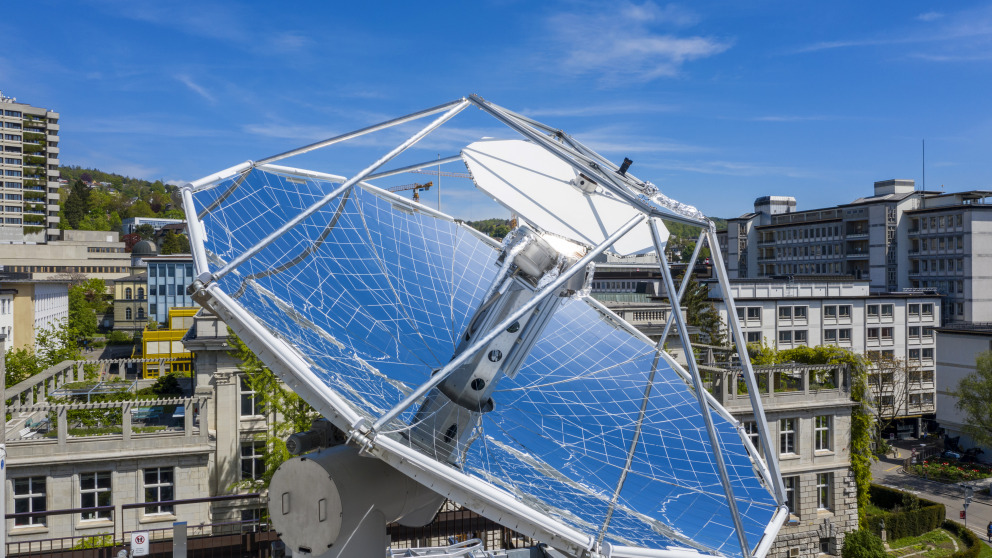2021-10-21 アメリカ合衆国・ブラウン大学

・ ブラウン大学とメリーランド大学が、天然の材料を利用した固体電池の新材料を開発。
・ 現在広く利用されるリチウムイオン電池では、有機溶媒にリチウム塩を溶解した液体電解質を使用している。電解質はカソードとアノード間でリチウムイオンを移動させる役割を担う。
・ 液体電解質の機能は良好であるが、リチウム金属の微細なフィラメントであるデンドライトの形成による短絡や、可燃性で有害な化学物質による液体電解質の発火の可能性が懸念される。
・ 固体電解質はこのようなデンドライトの問題を回避し、不燃性の材料で作ることができる。これまで研究が進められてきた固体電解質のセラミック材料はイオン伝導能力には優れるが、厚く硬く壊れやすい。そのため、製造時や充放電時のストレスにより、亀裂や破裂につながる恐れがある。
・ 本研究では、銅とセルロースナノフィブリルから構成される固体イオン伝導体を開発し、その機能を実証。同材料は紙のように薄くフレキシブルで他のポリマーイオン伝導体の 10~100 倍のイオン移動度を提供し、固体電解質や全固体電池のカソードのイオン伝導バインダーとしても利用できる。
・ 電池のカソードには、アノードの容量に適合させるために厚みを持たせる必要がある。カソードを厚くすることでイオン伝導性が弱まり効率性が低下するが、カソードをイオン伝導バインダーで覆うことで対処できる。新材料をバインダーに利用し、これまでに報告された中で最も厚く機能的なカソードの一つとして実証した。
・ 1 次元材料のセルロースナノフィブリルと銅を組み合わせることで、通常ではイオンを回避するセルロースにポリマー鎖内での迅速なリチウムイオン輸送機能を付与。あらゆる固体ポリマー電解質の中で最も高いイオン移動度を達成した。
・ コンピューターシミュレーションを通じて銅-セルロースによる新材料の優れたイオン伝導について調べた結果、銅がセルロースポリマー鎖間のスペースを押し広げ、拡大されたスペースがイオン伝導のスーパーハイウェイを提供することを確認した。
・ 本研究は、米国立科学財団(NSF)が支援した。
URL: https://www.brown.edu/news/2021-10-21/ionconductor
<NEDO海外技術情報より>
(関連情報)
Nature 掲載論文(アブストラクトのみ:全文は有料)
Copper-coordinated cellulose ion conductors for solid-state batteries
URL: https://www.nature.com/articles/s41586-021-03885-6
Abstract
Although solid-state lithium (Li)-metal batteries promise both high energy density and safety, existing solid ion conductors fail to satisfy the rigorous requirements of battery operations. Inorganic ion conductors allow fast ion transport, but their rigid and brittle nature prevents good interfacial contact with electrodes. Conversely, polymer ion conductors that are Li-metal-stable usually provide better interfacial compatibility and mechanical tolerance, but typically suffer from inferior ionic conductivity owing to the coupling of the ion transport with the motion of the polymer chains1,2,3. Here we report a general strategy for achieving high-performance solid polymer ion conductors by engineering of molecular channels. Through the coordination of copper ions (Cu2+) with one-dimensional cellulose nanofibrils, we show that the opening of molecular channels within the normally ion-insulating cellulose enables rapid transport of Li+ ions along the polymer chains. In addition to high Li+ conductivity (1.5 × 10−3 siemens per centimetre at room temperature along the molecular chain direction), the Cu2+-coordinated cellulose ion conductor also exhibits a high transference number (0.78, compared with 0.2–0.5 in other polymers2) and a wide window of electrochemical stability (0–4.5 volts) that can accommodate both the Li-metal anode and high-voltage cathodes. This one-dimensional ion conductor also allows ion percolation in thick LiFePO4 solid-state cathodes for application in batteries with a high energy density. Furthermore, we have verified the universality of this molecular-channel engineering approach with other polymers and cations, achieving similarly high conductivities, with implications that could go beyond safe, high-performance solid-state batteries.



